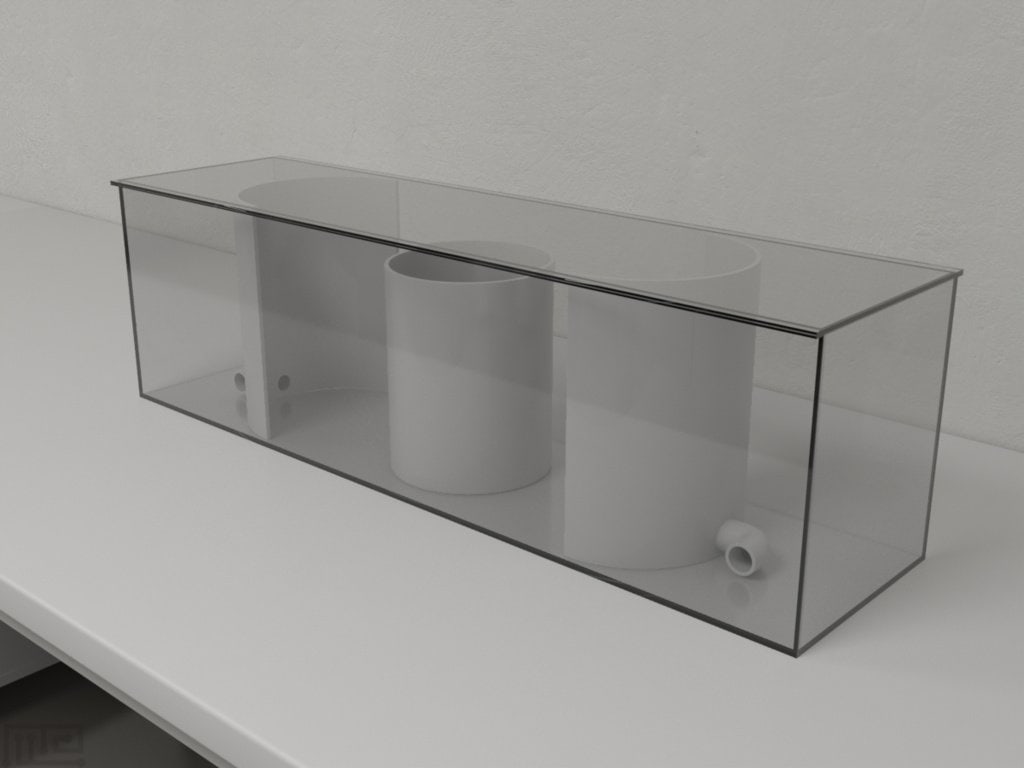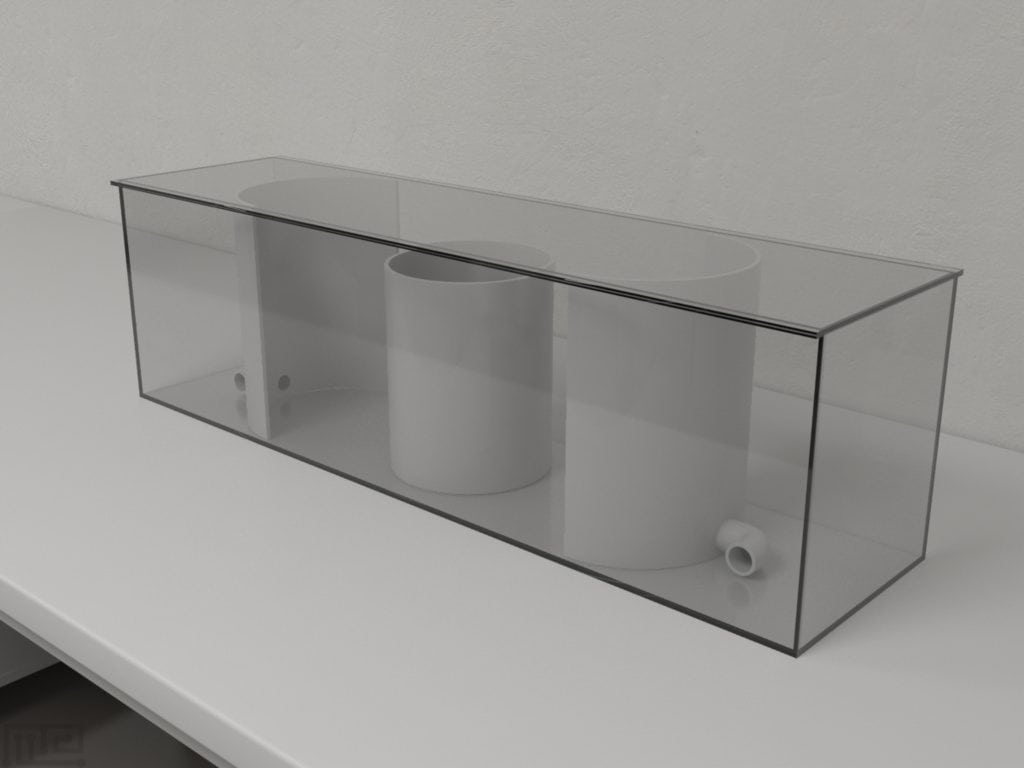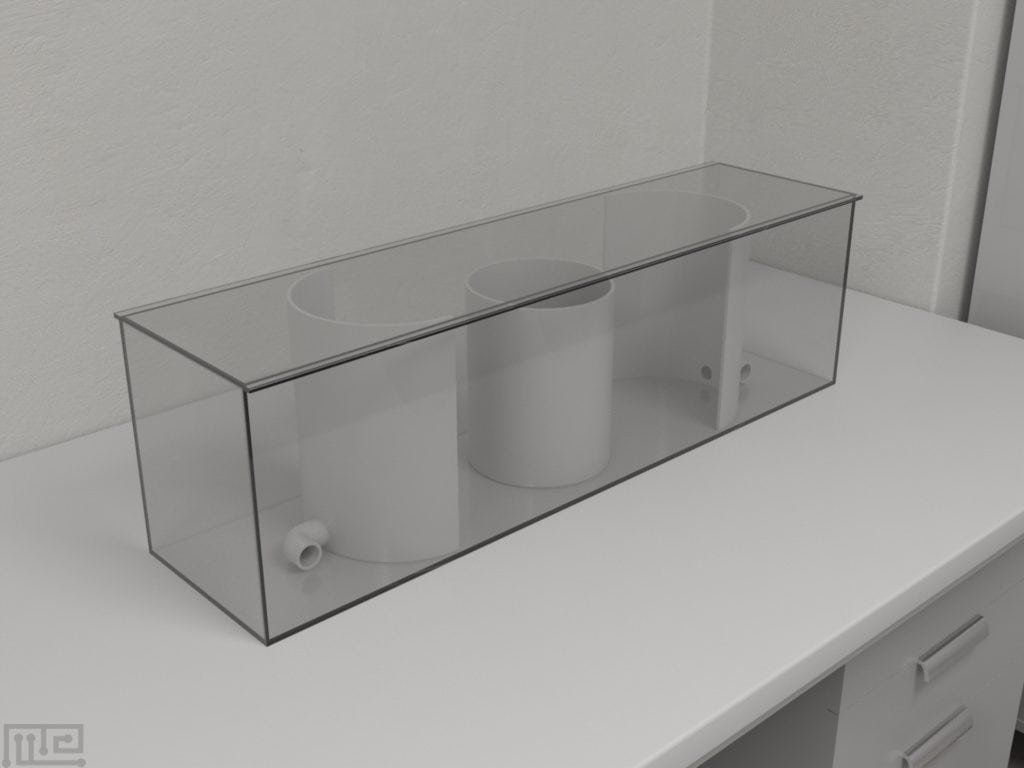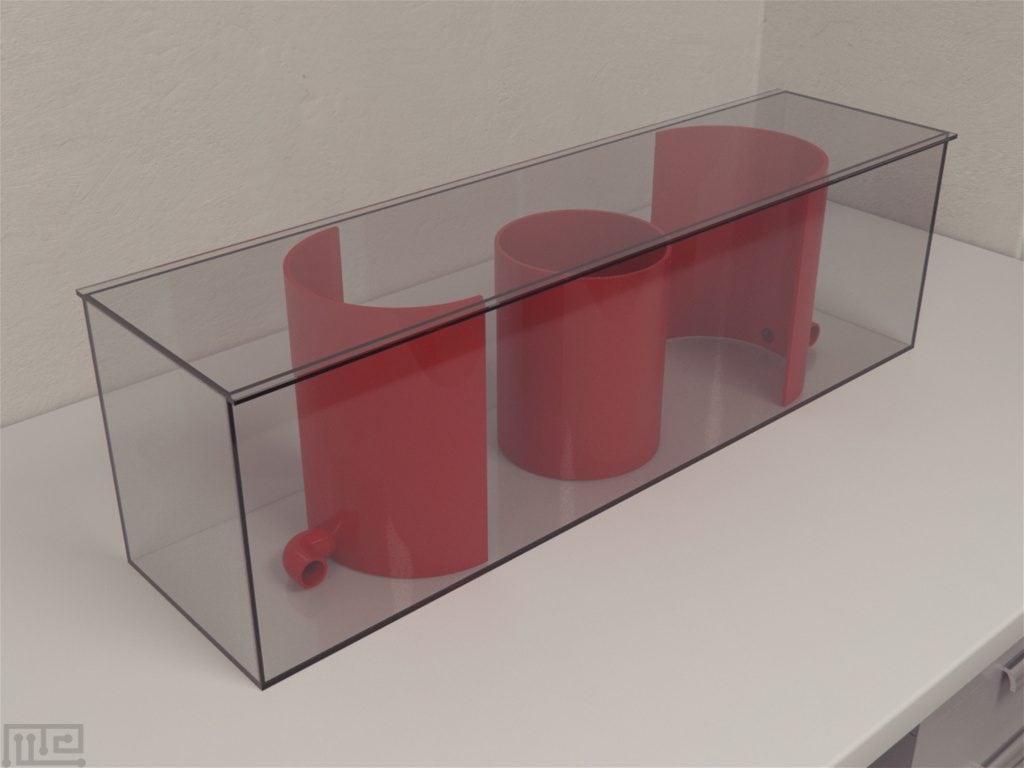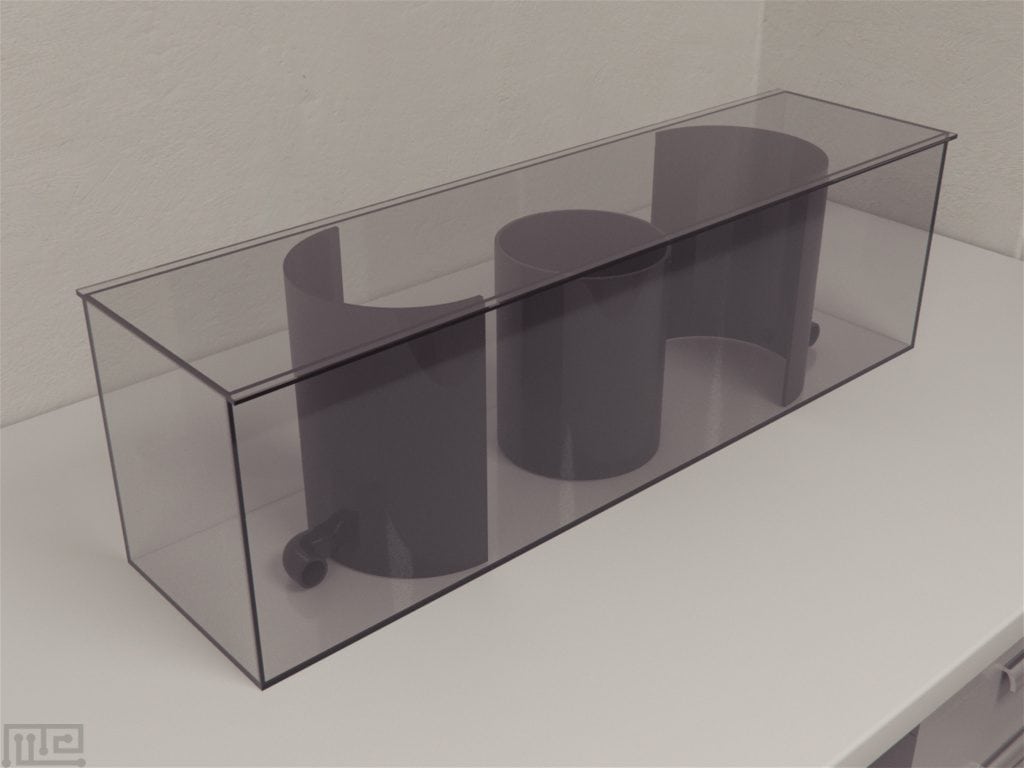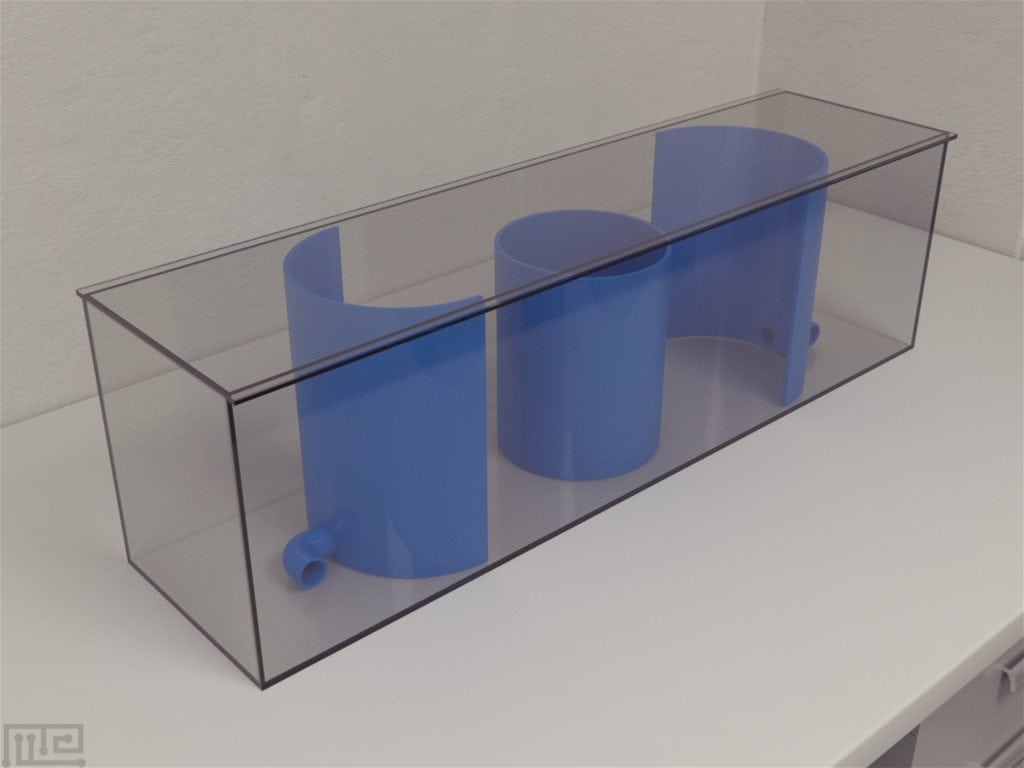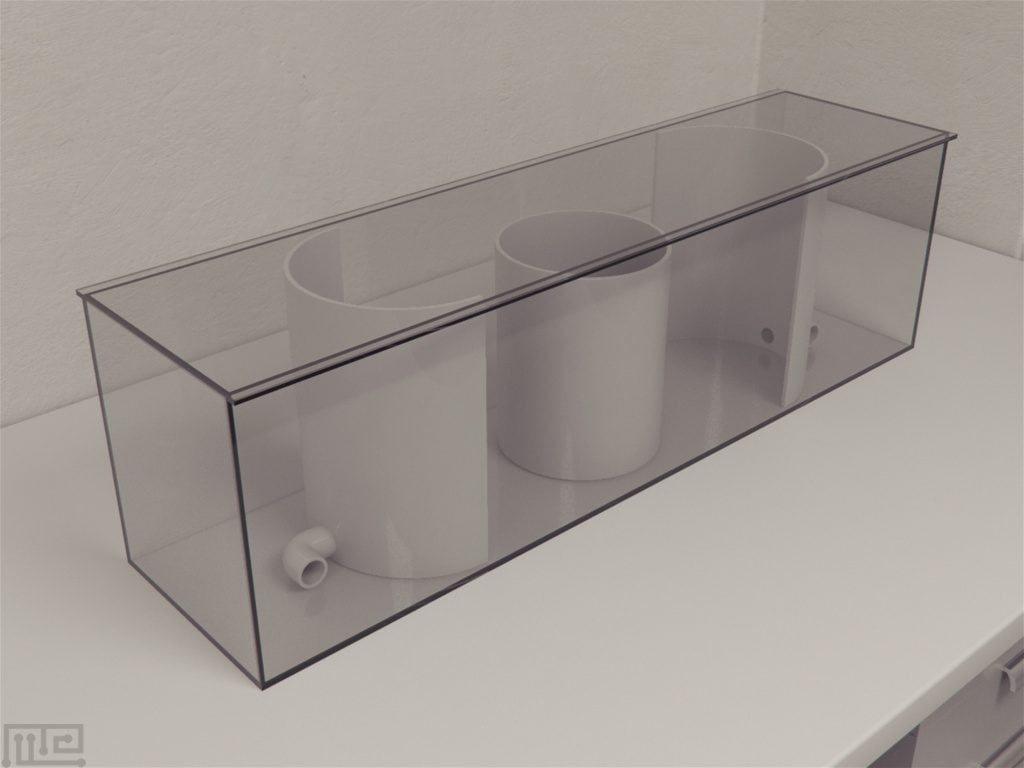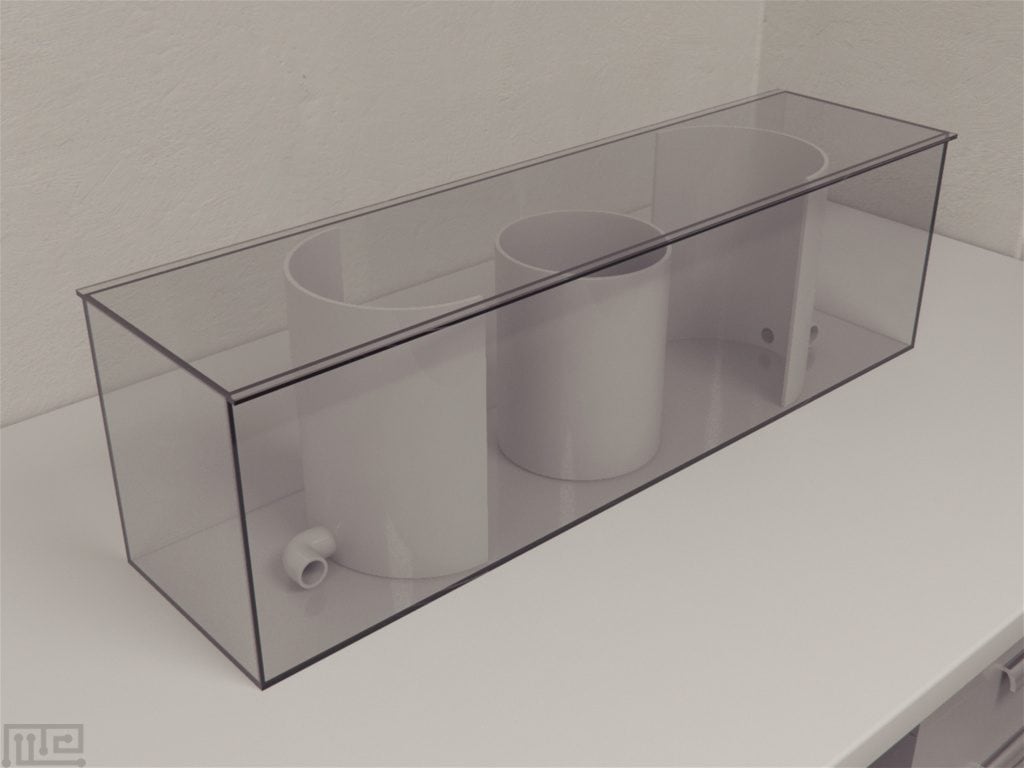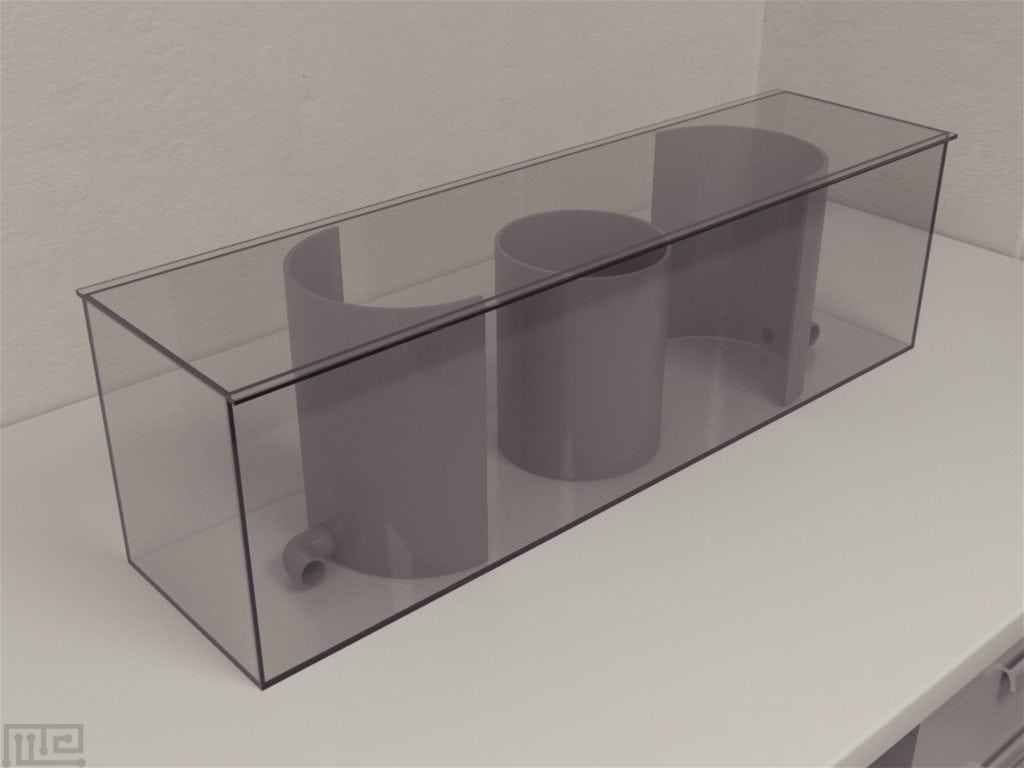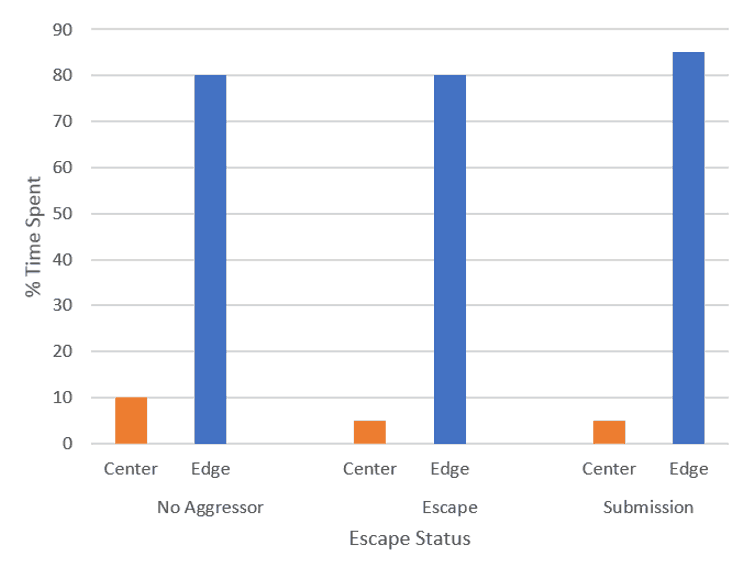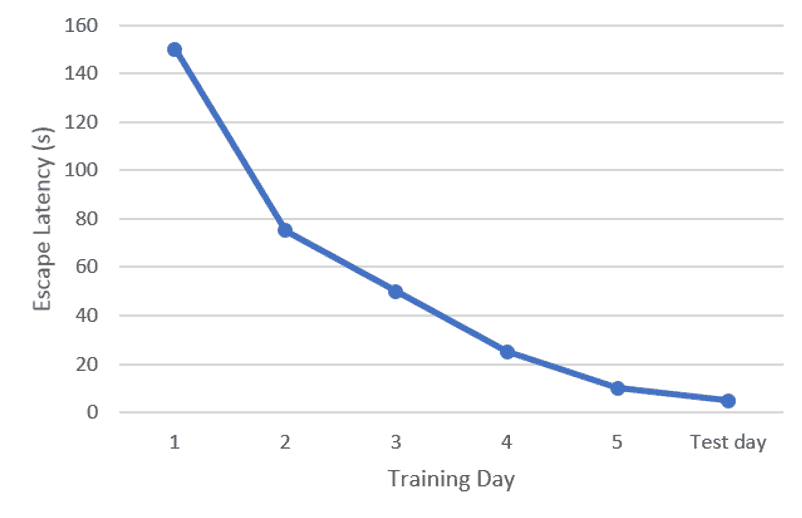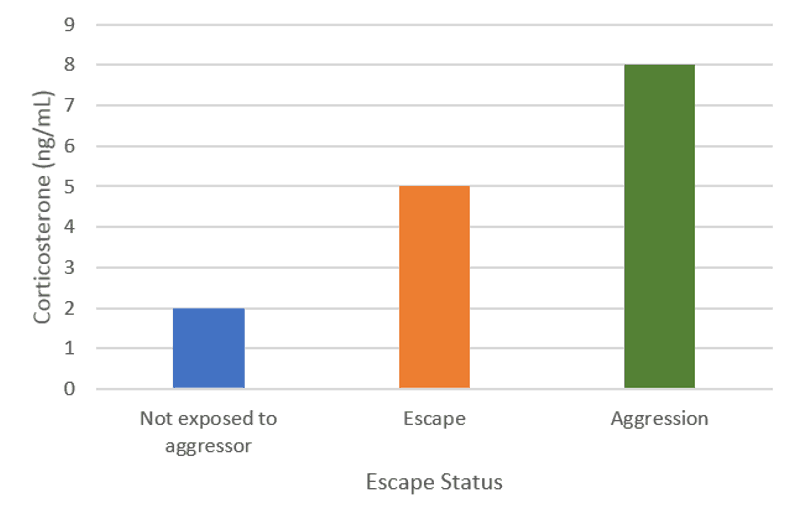Description
The Stress Alternatives Model Maze is described in the literature for stressful social decision making experiments. The device utilizes opaque holding cylinder as well as escape cylinders with a small escape route on opposite ends.
Colors available: Black/Blue/White/Grey/Red/Clear
Price & Dimensions
Mouse
$ 1790
Per Month- Chamber:
- Length: 91cm
- Width: 22cm
- Height: 26cm
- Two Semicircular sections
- Escape Holes:
- Width: 2cm
- Height: 1/2 cm above ground
- Opaque Cylinder:
- Diameter 16.cm
- Height: 22cm
- Transparent Lid to fit
Rat
$ 1990
Per Month- Chamber:
- Length: 121 cm
- Width: 30 cm
- Height: 35 cm
- Two Semicircular sections PVC to fit
- Escape Holes:
- Width: 3 cm
- Height: 1/2 cm above ground
- Opaque Cylinder:
- Diameter: 21 cm
- Height: 30 cm
- Transparent Lid to fit
Documentation
Introduction
The Stress Alternatives Model Maze is an acrylic rectangular box designed to observe and evaluate the behavioral mechanisms underlying social stress. The maze is ideal in identifying whether the subject would resort to escape via the escape routes or remain in the area and exemplify submissive behavior.
The maze is a rectangular setup made from thick transparent acrylic sheets and composed of an opaque colored holding cylinder and small escape routes on the opposite ends. The suitability of the Stress Alternatives Model Maze in observing escape and submission behavior of rodents under social stress, fear, or anxiety is a practical tool in evaluating whether escape behavior is influenced by social and environmental learning leading to decreased escape latency. Other parameters could also be studied with this maze, including manifestations of anxiety and hormonal levels under stressful conditions.
Apparatus and Equipment
The Stress Alternatives Model Maze is constructed from 5 mm thick transparent acrylic sheets formed to make a rectangular box with a lid. The maze has two semicircular sections and small escape routes on opposite ends. The holes are constructed from 90° polyvinyl chloride plumbing tubes. The semicircular polyvinyl chloride dividers serve as the limits of the oval area. A removable opaque cylinder is placed in the center of the open field area to separate the test subject from the aggressor. A 5 mm thick transparent acrylic sheet lid measuring is placed over the box to contain the animals.
Training Protocol
Acclimation
The subjects are group housed with four animals per cage for 7 days. The subjects are then to be housed individually for the whole duration of the experiments. The subjects should be kept on 12:12 reversed dark-light cycle with food and water.
Behavioral Training
The aggressor is placed inside the oval area but outside the cylinder. This aggressor serves as the unconditioned stimulus (US). The subject is then placed inside the cylinder and allowed to acclimatize for 30 s. A tone is sounded for 15s and is then followed by 15 s of silence. The tone serves as the conditioned stimulus (CS). After the silence, the cylinder can now be removed to expose the sample and the aggressor. Allow the animals to interact for 300 s. The subject that remains in the area after the 300-s interaction period is tagged as submissive,” otherwise “escapee.”
Testing
The test subjects are placed in the Stress Alternatives Model maze during the training days, except that no aggressor is present in the apparatus. The tone is again sounded and latency to escape, if applicable, should be recorded. The recording could be done manually or automatically through Noldus Ethovision XT.
Observation of open field anxiety
Throughout the training, the time spent by the subject in the open center of the maze versus the edges could be recorded and compared to gauge the open field anxiety of the subjects (see sample data below).
Tracking the latency to escape
The latency of the subject that chooses to escape can also be observed and recorded throughout the training days. For instance, the initial experiments done by Smith et al. (2014) showed that there is a continuously decreasing latency to escape after the first training day.
Measurement of plasma corticosterone levels and genetic analysis
The exposure of subjects to stress is a good method of demonstrating whether plasma cortisone levels would increase after an aggressive social interaction. To serve this purpose, the hormonal analysis could be done. Ten minutes after the behavioral training on the 5th day, subjects are decapitated, and trunk blood is centrifuged for 2 min. The brains are collected and frozen at -80°C. Concentrations of plasma corticosterone could then be quantified via enzyme-linked immunosorbent assay. Using the brain samples, genetic analysis could also be done.
Modifications
The Stress Alternatives Model maze comes in two sizes for mice and rats. The maze chamber for mice has dimensions of 91 cm x 22 cm x 26 cm (L x W x H). The cylinder and the semicircular dividers that mark the oval area comes in six variants: black, blue, white, grey, red, and clear.
Sample Data
Strengths & Limitations
The Stress Alternatives Model maze is a simple apparatus that could be utilized in various behavioral studies that aim to explain behavior under stressful conditions. Different parameters could be measured, such as anxiety, latency to escape, and even hormone levels. More advanced studies such as genetic analysis could also be done. The maze is also available in sizes suitable both for mouse or rat samples. The cylinder and partitions of the maze also come in different colors.
Summary and Key Points
- The Stress Alternatives Model maze is an advantageous tool for different behavioral studies on stress, fear, and anxiety.
- The escape or submissive behavior of mice could be assessed by monitoring their behavior in the presence of an aggressor.
- Other parameters could also be studied, such as manifestations of anxiety, latency to escape, and hormone levels.
References
Smith, J., Achua, J., Summers, T., Ronan, P., and Summers, C. (2014). Neuropeptide S and BDNF gene expression in the amygdala are influenced by social decision-making under stress. Frontiers in Behavioral Neuroscience, 121(8): 1-13. doi: 10.3389/fnbeh.2014.00121.

